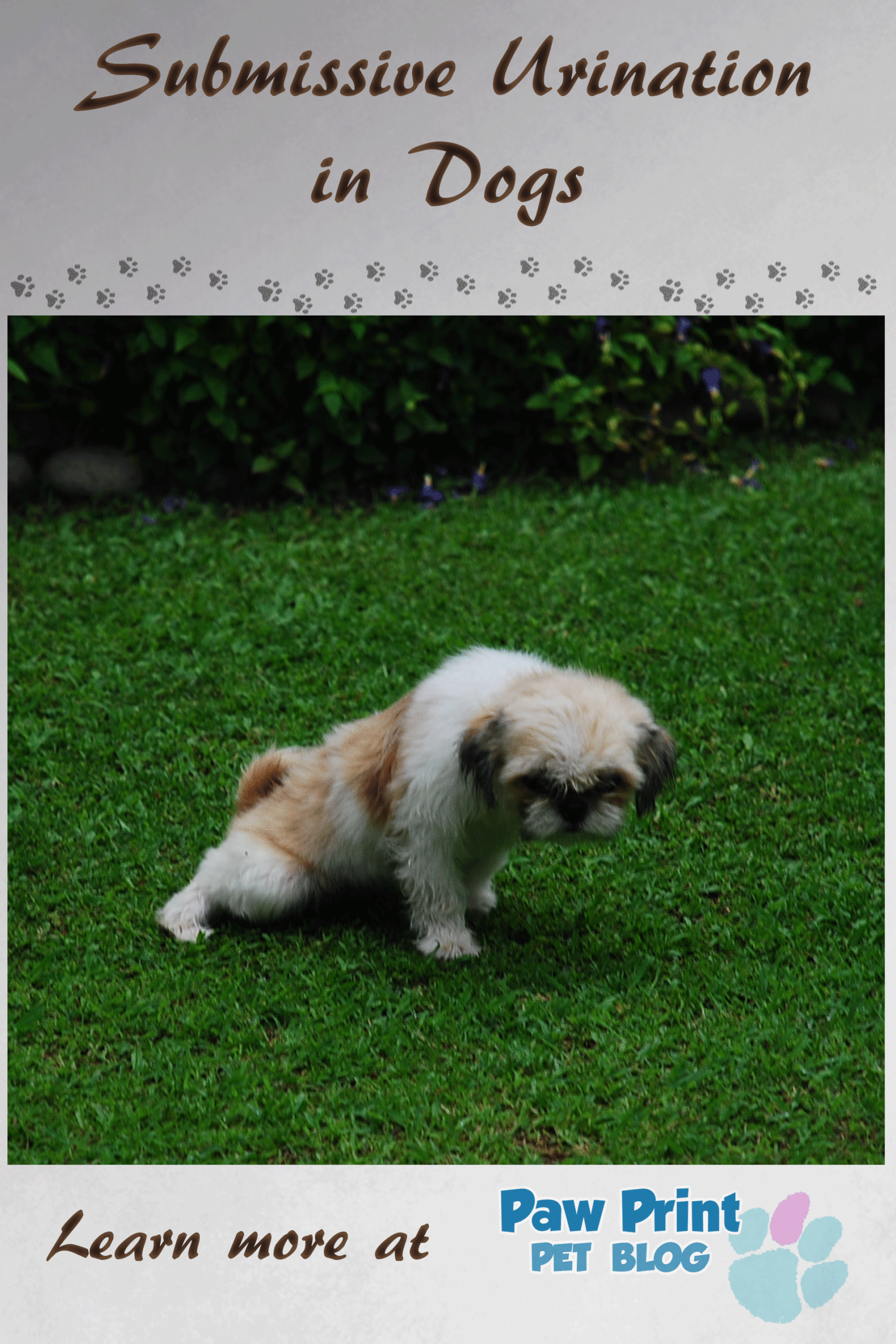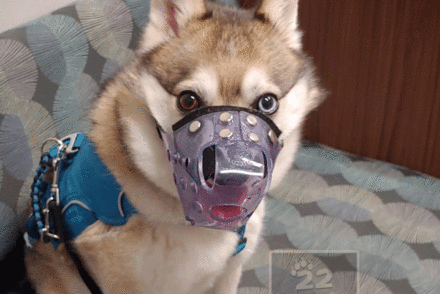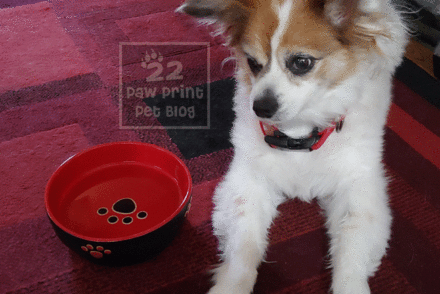Submissive urination is, thankfully, something I haven’t had to personally deal with with my current two dogs, Kitsune and Fenrir. That’s not to say that I haven’t experienced this issue before. My family’s dog when I was a kid, a black and white cocker spaniel named Naomi, used to do this quite frequently. What, exactly, is submissive urination and what can you do to avoid it? Read on to find out!
What is Submissive Urination?

Photo credit: stephzerofour This file is licensed under the Creative Commons Attribution-Share Alike 2.0 Generic license.
Submissive urination is when a dog urinates to show that it’s not a threat. This behavior is rather common in puppies, but, luckily, most dogs grow out of it as they get older.
Not all dogs who have accidents do so for this reason. If you’re unsure about whether your dogs bathroom issues are submissive behaviors, or something else, it’s best to speak with your vet. There are health issues, such as urinary tract infections and spay incontinence, that can cause dogs to begin urinating where they are not supposed to.
Dogs who submissively urinate do so most frequently when they are being greeted (by people or other dogs), when startled (ex. by a loud or unfamiliar sound), and when being reprimanded. When attempting to determine if your dog is submissively urinating, or if something else is going on, it’s important to watch your dog’s body language. Submissive urination is normally accompanied by submissive body language such as cowering, rolling over onto their back, tucking their tail between their legs, etc. This behavior is most common in dogs who remain shy, anxious, and/or timid into adulthood.

How to Resolve Your Dogs Submissive Urination.
If you and your vet have ruled out other causes, and your dog is having issues with submissive urination, there are some things you can try to discourage the behavior. Keep greetings low key, especially when introducing new people/animals to your dog. Avoid speaking in a loud voice and wait until your dog calms down a bit before approaching and petting him/her. During times of stress, ask your dog to sit or preform other simple tricks so they can focus on your commands rather than on the excitement of what’s going on around them.
Speak to your dog calmly and never yell at, hit, or otherwise punish your dog. Doing so, especially with a dog who is already anxious, harbors fear. We want our dogs to trust and respect us. If your dog does have an accident remember that it’s ok. Accidents happen. Clean it up well with an enzymatic cleaner or some vinegar, and move on. Work on building up your dog’s confidence by slowly exposing him to new people/situations in a calm, fun, stress free manner.
I know that dealing with a dog who uses the bathroom in unappropriated places can be frustrating. But don’t give up! And don’t be afraid to seek out the help of professionals if you’re feeling overwhelmed dealing with this, or other issues, on your own.






3 Comments
Whether it’s bathroom issues or something else, when trying to understand your pet I think it’s always good to go the extra mile to try to connect with them.
Good luck with the A to Z Challenge!
A to Z Co-Host S. L. Hennessy
http://pensuasion.blogspot.com/
Sounds like a good plan to me! I have a very strong bond with my dog, and do feel like that goes a long way towards helping me help him when dealing with many different types of issues.
Thanks for stopping by!
I never heard of this issue before. Very informative.